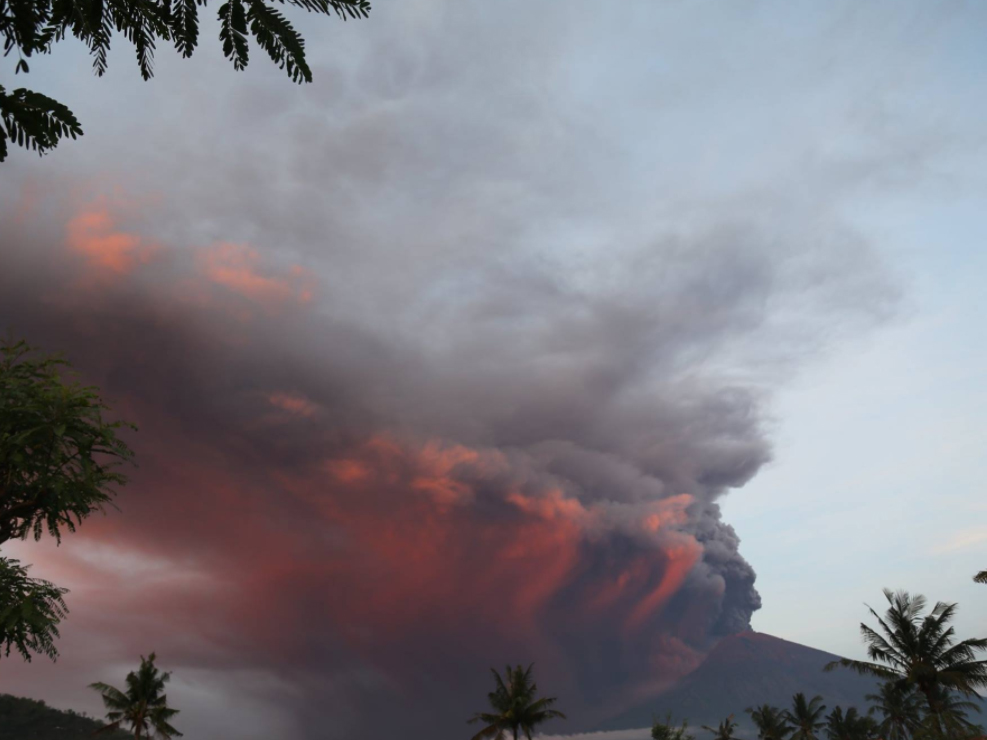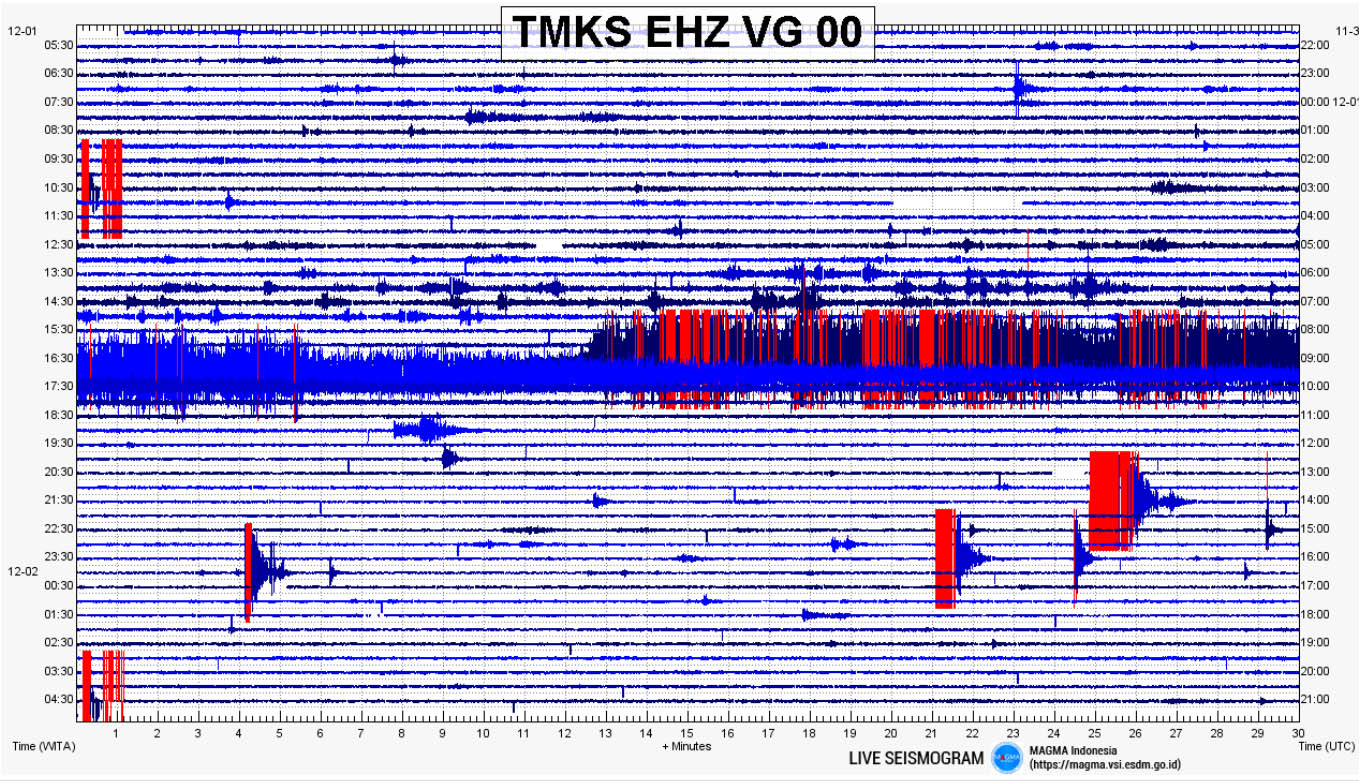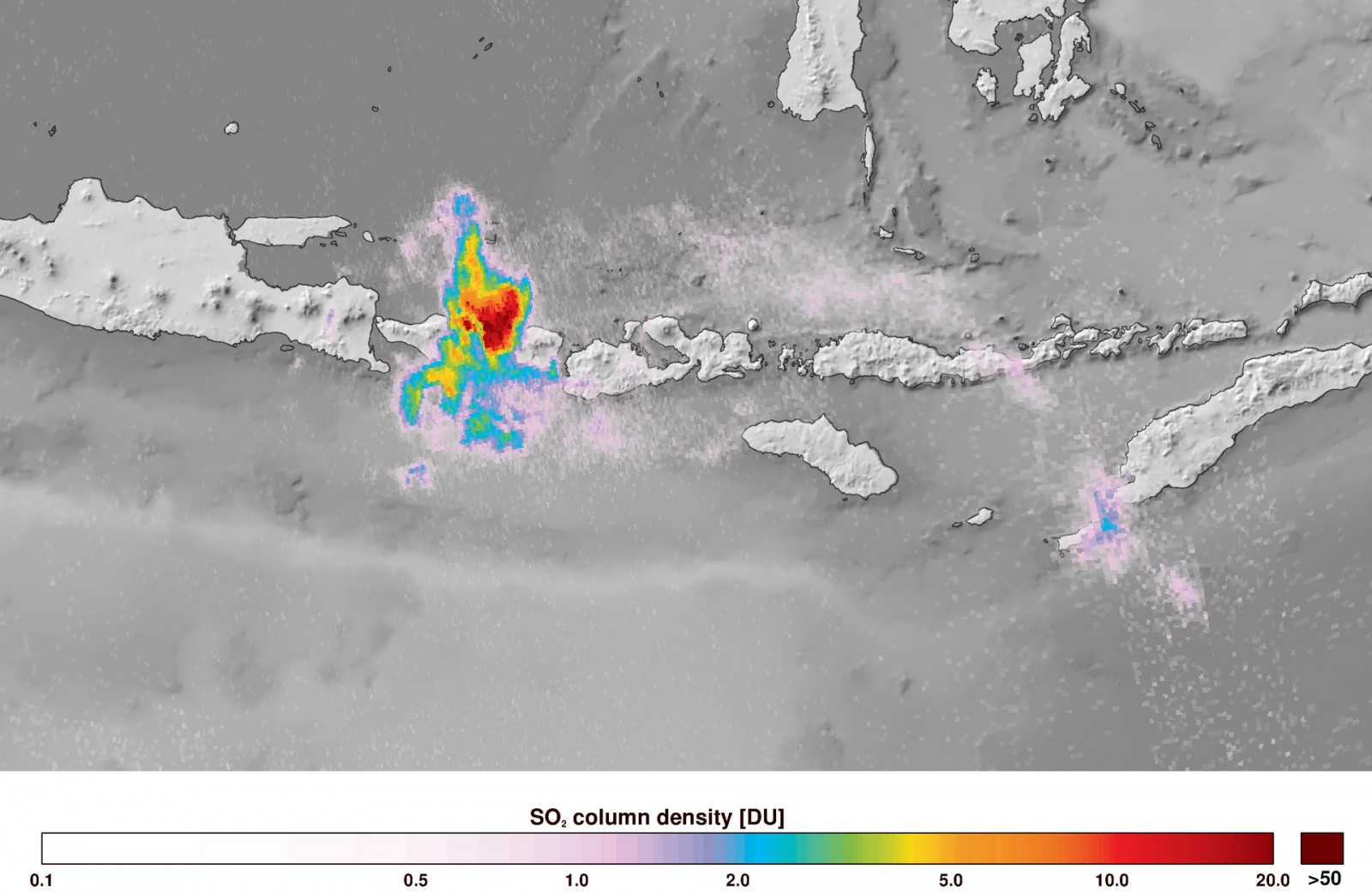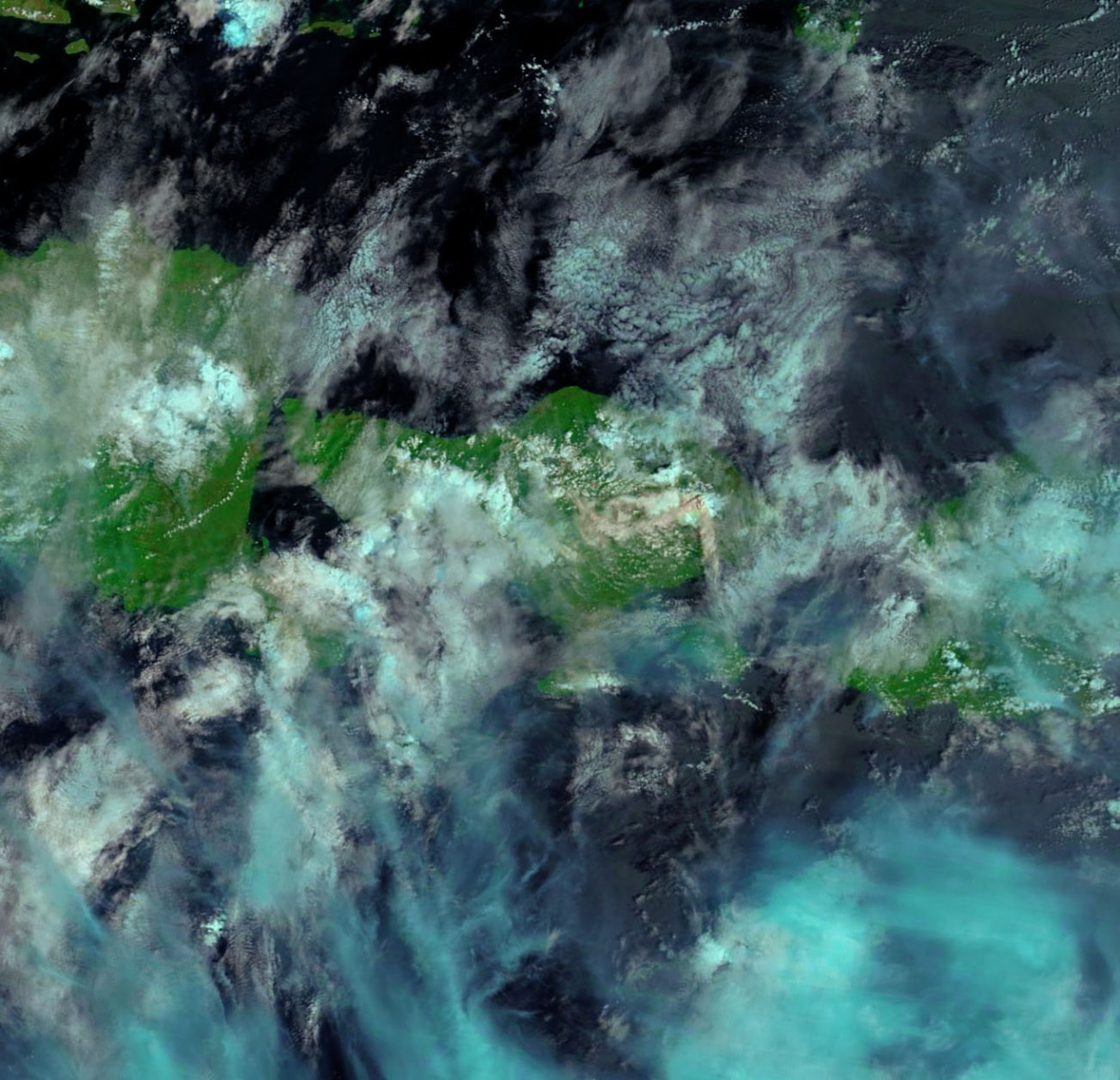Airlines race to rescue stranded Bali passengers as major eruption looms
01 December, 2017
5 min read

Geoffrey Thomas
By joining our newsletter, you agree to our Privacy Policy


Airlines race to rescue stranded Bali passengers as major eruption looms of Mount Agung.
Jetstar has resumed rescue flights as flying conditions improve on the holiday island where thousands are still stranded.
The airline will operate 10 flights from Australia to bring passengers home.
The airline, like Virgin Australia and Qantas, will not take passengers up to Bali because of ongoing concerns about an explosive eruption, which is forecast by volcanologists.
It says that it will review that position over coming days.
Jetstar said it was “rebooking customers on relief flights in order of who has been disrupted longest.”
It added that its “senior pilots will make further assessments tomorrow morning based on the latest information from the Volcanic Ash Advisory Centre.”
And the latest graphics from the VAAC show the wind changing later today bring the ash cloud back towards Denpasar Airport.

Significant tremors are continuing and the time between them is decreasing while their strength is increasing according to the Indonesian seismic reports.
There was another major one last night.

A major escalation of the eruption is expected at any time.
However, there has been a reduction in the amount of ash coming from Mount Agung prompting some officials to comment that the eruption may be over.
But on Twitter, noted volcanologist Dr Janine Krippner said that “this does not mean it is over”.
“Fluctuations in activity are a normal part of the life of volcanoes,” Dr Krippner said.
Indonesia’s Volcanology and Geological Disaster Mitigation Centre also warned that a more violent eruption remains likely with the crater of Mount Agung’s one third filed with magma.
"We calculate it based on the monitoring results of Himawari satellite images of seismic recording data, deformation and geochemistry," said Gede Suantika at the Agung Observation Post in Rendang Village
The Copernicus Sentinel-5P satellite has captured an image of sulphur dioxide from the Mount Agung volcanic eruption.

NASA has also released an image taken from its Terra satellite which shows volcanic ash billowing out of Mount Agung.

Nasa’s Earth Observatory said: “The plume appears to rise from two vents in the volcano’s crater.”
Devy Kamil Syahbana, a volcanologist at the Centre for Volcanology and Geological Hazard Mitigation told The Times that “we are still in an eruptive, or critical, phase. Lava is filling the crater. The magma is already on the surface . . . the satellite image shows the lava is already expelled through the central vent and it’s growing.”
Dr Syahbana added; “We don’t know yet . . . we can’t predict when or how big the eruption will be.’’
Get the latest news and updates straight to your inbox
No spam, no hassle, no fuss, just airline news direct to you.
By joining our newsletter, you agree to our Privacy Policy
Find us on social media
Comments
No comments yet, be the first to write one.

